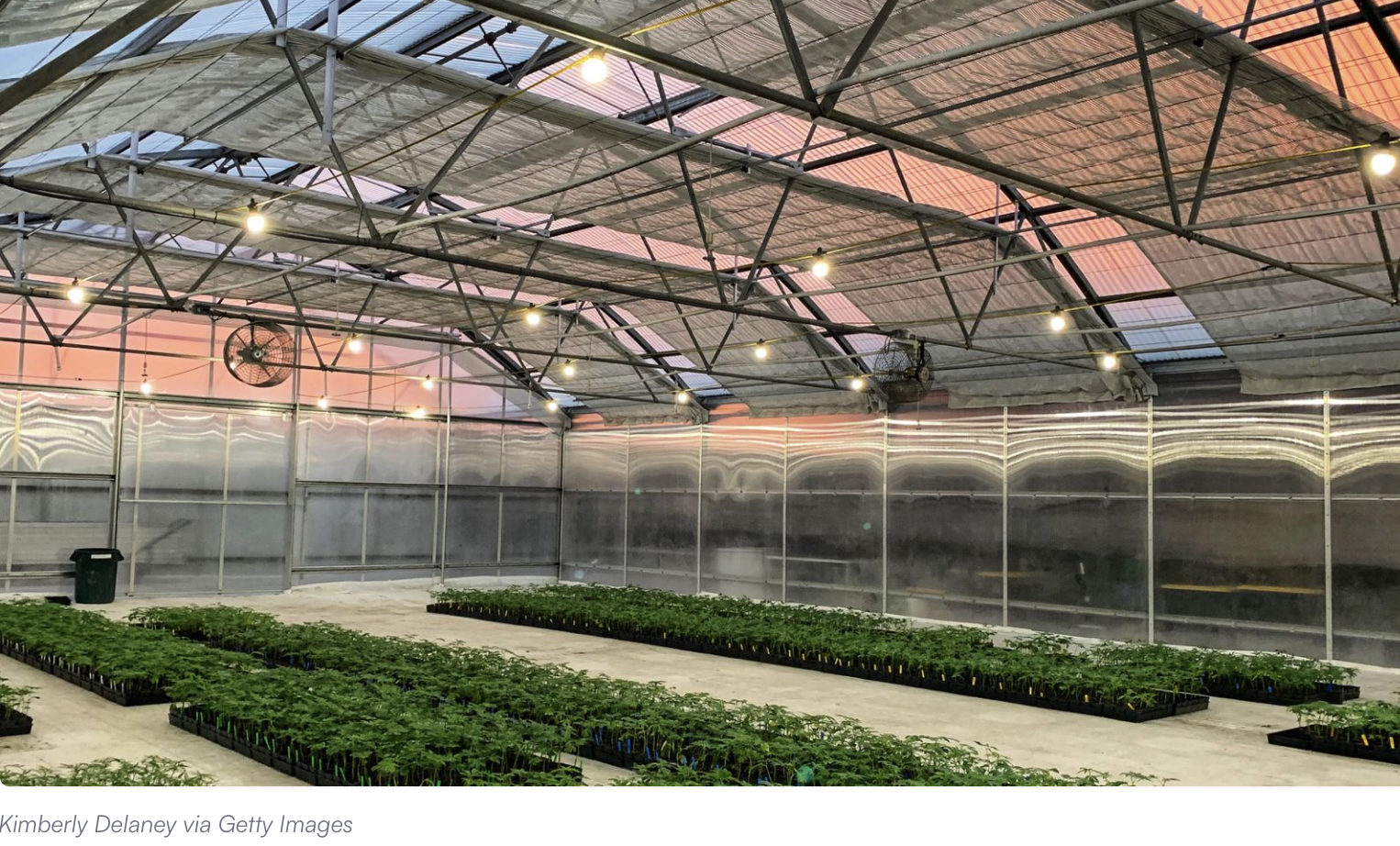Mandatory energy disclosures can aid collaboration and sustainability in the cannabis industry

Thanks to Utility Dive for sharing Bob’s thoughts on the importance of data collection and energy engagement. See article published Nov 8, 2023 below and here.
By embracing such disclosures, we can enhance the controlled environment agricultural industry, promote efficient energy use and bridge the gap between growers and regulators.
Most regulators and cultivators share the desire for a successful, legal cannabis industry. However, policy efforts to implement sustainability into the industry have been uninformed and misguided. Mandatory energy disclosures can bridge the gap between growers and regulators, fostering a more cooperative, informed and energy-efficient industry.
Indoor cannabis farms have faced scrutiny for their high energy and resource consumption. As markets legalize, regulators have responded to public concerns by implementing new regulations. Efforts such as LED mandates, renewable requirements, room-level energy reporting, or watts per square foot criteria clearly lack proper data or industry understanding. When policy hinders crops or businesses, it increases the appeal of an illicit market and deters honest conversations between cultivators and regulators.
What are mandatory energy disclosures?
Mandatory energy disclosures, or disclosures, require commercial indoor growers to report annual electricity and gas usage to a public agency. State reporting requirements can vary from total annual electricity consumption to detailed use, such as hourly an daily activity. Injected CO2 usage, water consumption, and landfill waste can also be measured.
Disclosures do not require growers to alter anything about their facility; they simply identify and share usage data. Individual reports are typically private, and macro data becomes public.
Why regulators support disclosures
Accurate data empowers regulators to make informed decisions and drive resource efficiency. Without accurate data, imposing widespread energy, equipment or growing mandates is ineffective or counter productive. Mandatory energy disclosures may also reduce resource use. Research indicates that data tracking alone most often results in a decline in consumption by increasing awareness.
Current relations between cannabis growers and regulators have been inflamed by several factors, including: a) cannabis’ sudden legalization and treatment as a new grid burden, despite having existed illicitly for years; and b) inherent prejudices associated with the crop. If regulators truly cared only about resource use efficiency, policies in states such as Illinois, Massachusetts, California and New York would be applied to all controlled environment agriculture crops, be it spinach or cannabis.
Why growers support disclosures
An increasingly competitive cannabis market and unpredictable grid require energy-smart indoor cultivators. Electricity is one of the largest operational costs after labor. Cultivators are already using tools such as RII Power Score to benchmark facilities, reduce bills and increase resiliency. Others hire firms to analyze and recommend custom energy management practices.
Tracking energy consumption will enable growers to reduce overall energy use, saving on operational costs. And while cultivators may not appreciate additional reporting requirements, data reporting through a mandatory disclosure program is far less invasive than other regulations being considered.
Components of a disclosure program
A collaborative approach among commercial cultivators, sustainability advocates and regulators could include:
- Annual mandatory energy disclosures;
- Crop-agnostic reporting requirements;
- A national standardization of data fields, for interstate comparison;
- Statewide oversight;
- An option for growers to permit their utility or third party to report on their behalf;
- Annual reports provided by the agency to growers including:
- A review of their facility’s use compared with other years, when available;
- An analysis of how their facility uses energy per square foot of cultivation, when factoring in building type, and the presence of other on-site manufacturing); and,
- Opportunities for shifting time of day use, or equipment upgrades with money-back savings in bills.
- Annual reports provided by the agency to the public including:
- Average facility use;
- Total industry resource impact; and,
- Changes over time, when available.
By embracing mandatory energy disclosures, we can enhance the controlled environment agricultural industry, promote efficient energy use, and bridge the gap between growers and regulators. It’s a win-win for all stakeholders.




